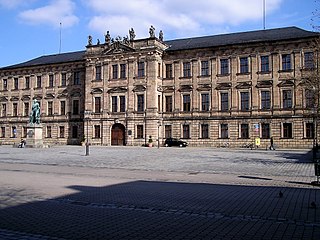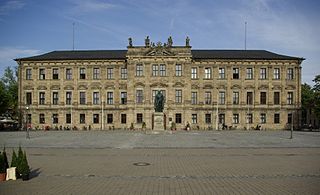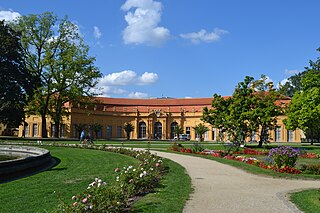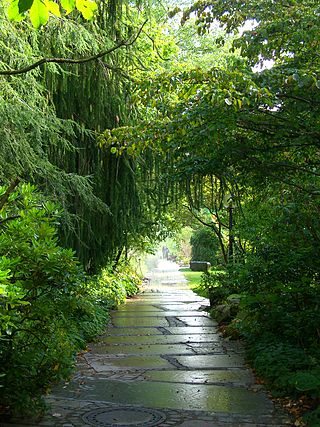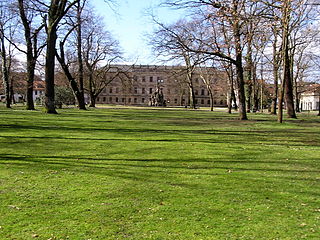Self-guided Sightseeing Tour #2 in Erlangen, Germany
Legend
Tour Facts
0.8 km
4 m
Experience Erlangen in Germany in a whole new way with our free self-guided sightseeing tour. This site not only offers you practical information and insider tips, but also a rich variety of activities and sights you shouldn't miss. Whether you love art and culture, want to explore historical sites or simply want to experience the vibrant atmosphere of a lively city - you'll find everything you need for your personal adventure here.
Individual Sights in ErlangenSight 1: Paulibrunnen
The Schloßplatz in Erlangen, together with the neighbouring market square, forms today's centre of the city. Together, they are part of the Erlangen pedestrian zone and the venue for numerous markets and festivals.
Sight 2: Schloss Erlangen
The Schloss Erlangen is a residence in Erlangen, built between 1700 and 1704 by George William, Margrave of Brandenburg-Bayreuth. Work was initially led by Antonio della Porta and after his death in 1702 by Gottfried von Gedeler. It was the first baroque building built from scratch in Franconia.
Sight 3: Orangerie
The Orangery of Erlangen is architecturally assigned to Erlangen Castle and is located in the palace garden belonging to the residence.
Sight 4: Neischl-Grotte
The Botanical Garden Erlangen is a botanical garden, which is 2 hectares in size, maintained by the University of Erlangen-Nuremberg and located on the north side of the castle garden in the city center at Loschgestraße 3, Erlangen, Franconia, Germany. It is open daily except Monday.
Sight 5: Reiterdenkmal
The castle garden in Erlangen is considered one of the first baroque gardens in Franconia. In the garden, which has been open to the general public since 1849, the largest garden festival in Europe takes place every year with the Schlossgartenfest of the Friedrich-Alexander-Universität Erlangen-Nürnberg.
Share
How likely are you to recommend us?
Disclaimer Please be aware of your surroundings and do not enter private property. We are not liable for any damages that occur during the tours.
GPX-Download For navigation apps and GPS devices you can download the tour as a GPX file.
